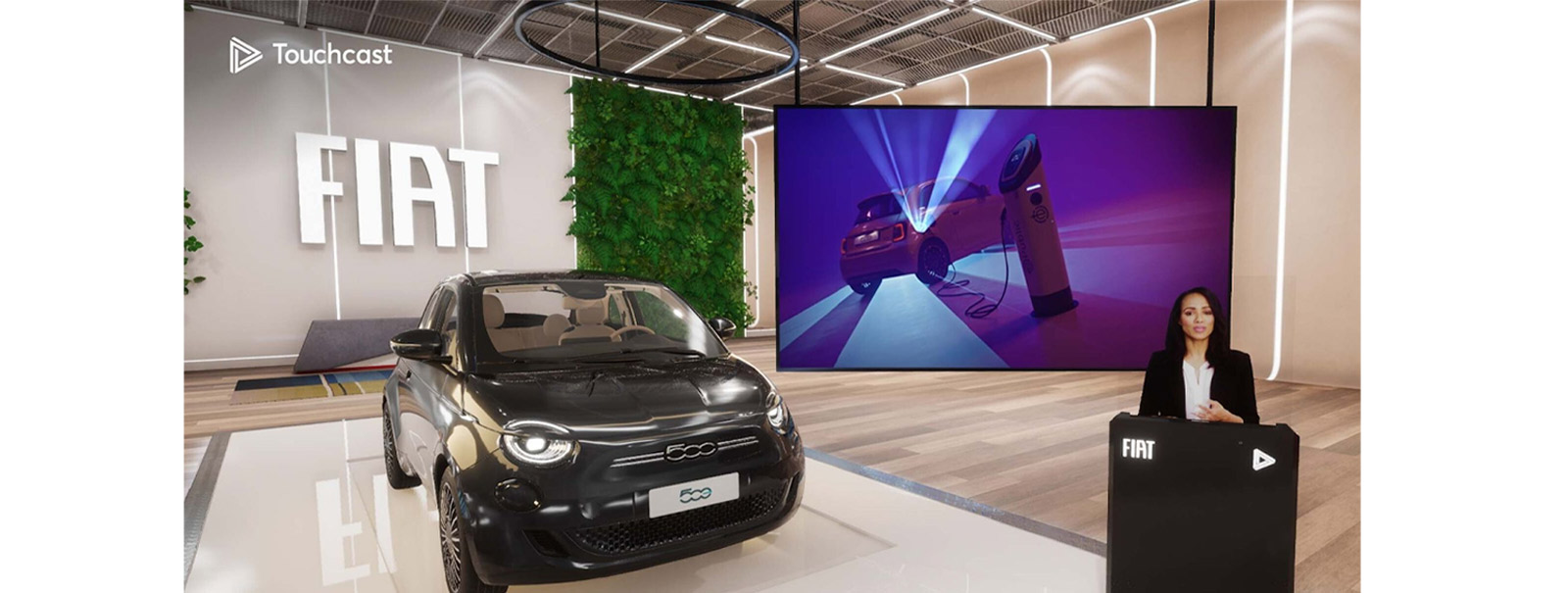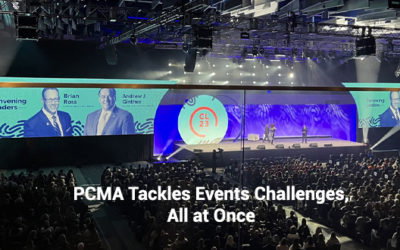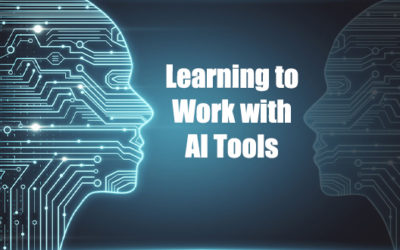Our team just returned from a glorious CES show… a return to an almost normal where everything from advances in space tech, to a self-driving baby carriage, to pee analyzers you place in your toilet, to tractors that know a weed from a wheat stalk. Plus enough smart home products for your house to get its own PhD.
On a social level, there was kissing, hugging, catching up with each other’s triumphs and disasters, and planning the future. Reports say that there were over 115,000 in attendance. The joy was nearly manic.
CES is also one of the best-run shows on the planet. To the naked eye, exhibits magically appear across miles of aisles with their splashy LEDs and ginormous installations. But the coordination to pull off an event of this magnitude is astounding.
But, here’s the thing. CES and other exhibits like it are fast and fleeting. They’re over in a blink, before you can even process what the hell went on. No two people experience the same show, unless they’re glued at the hip. And it’s literally impossible to see everything, regardless of how organized you are.
Slow Events
Not coincidentally, none of the major virtual conference or event tech stacks exhibited at CES. While work-from-home was discussed as a concept – mostly based on hardware technology like Zooming in high resolution – it was not promoted as a theme at the show. Event tech solution behemoths like Zoom, and important players like Cvent, Notified, and Hubilo were all absent. Touchcast demonstrated its metaverse strategy along with Microsoft where they created a car configurator. Metaverses like Decentraland, Sandbox, Roblox and Unreal were absent, but they were talked about. (I did meet with Unity in their private suite, and had some great volumetric capture and metaverse discussions with Accenture.)

Touchcast announced Metaverse-as-a-service at CES 2023
Trade events on the scale of CES are a combination of sensory overload and FOMO. The tie that binds is to take the massive information dump and build connection and contact that lasts the year long. That’s where slow events should enter, with thoughtful demonstrations, training and education without the roar of the crowd as background noise, and conversations that are more bidirectional. Events like CES provide the top-line story. The storyline needs to be amplified, retold and made persistent. That’s the role that event tech and early metaverse can play alongside live events.




